Did you know you are more likely to get sick with a food-borne illness when you’re pregnant?
If you have kids under five, they’re also at higher risk of food borne illness because their immune system is still developing.
That’s why it’s super important to follow the steps for food safety.

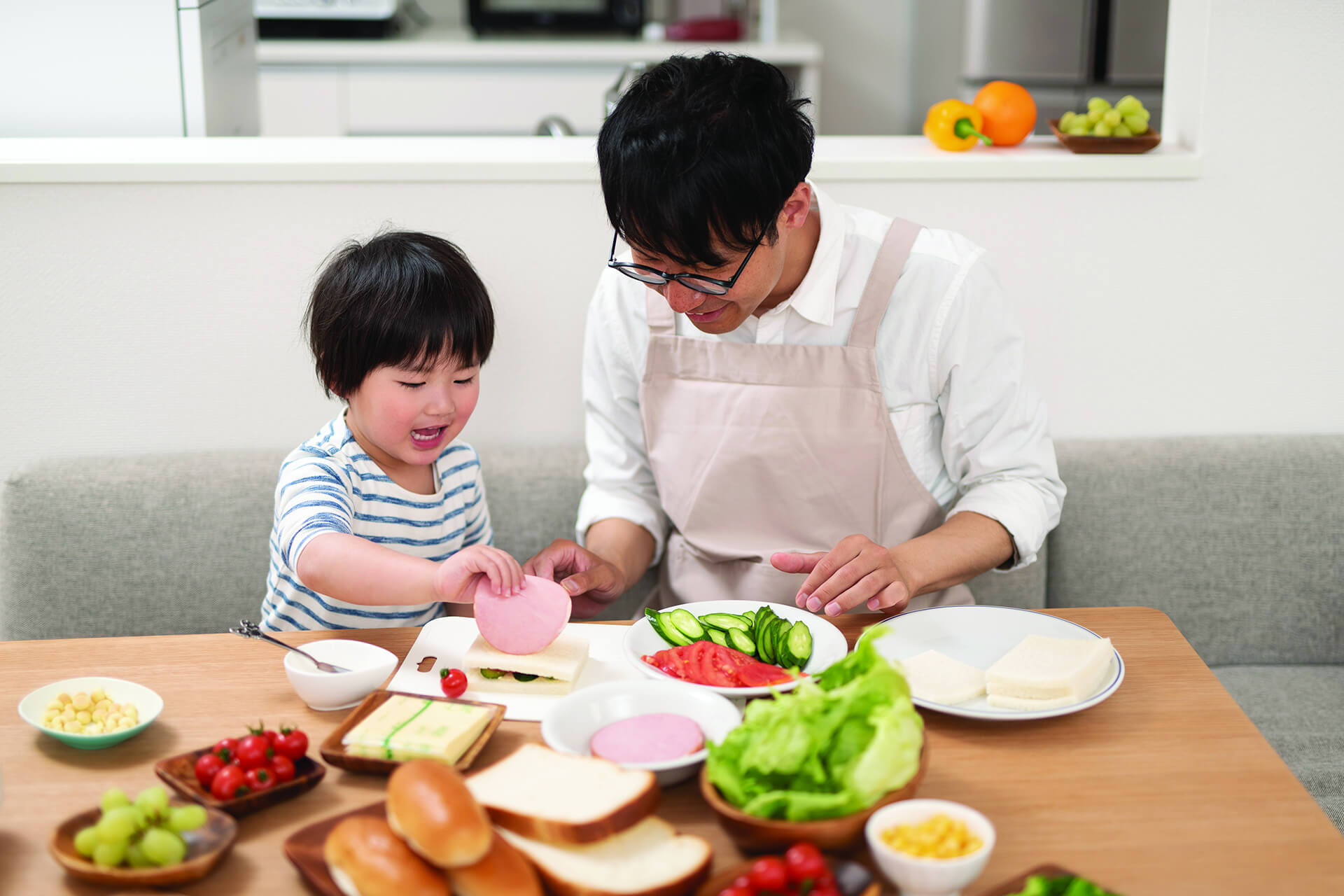

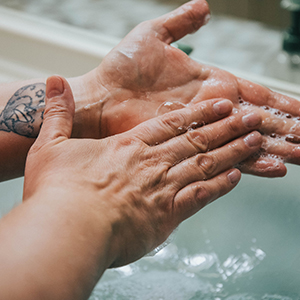

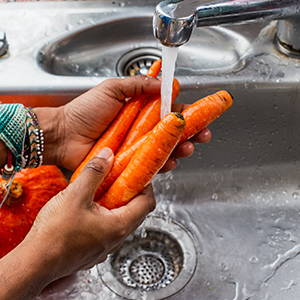

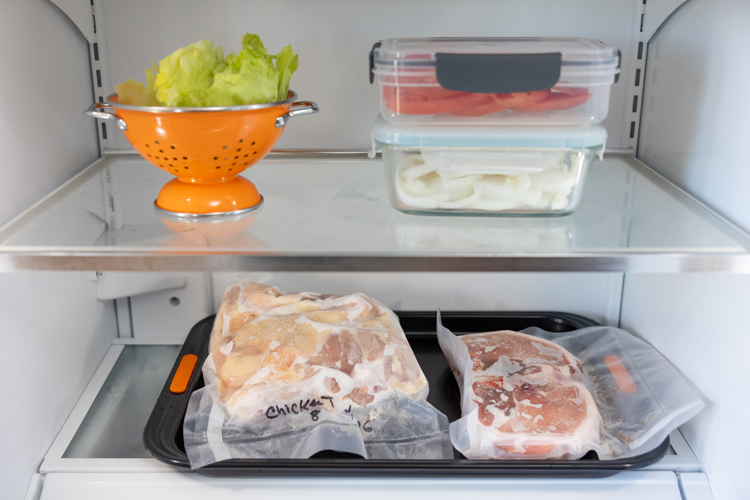


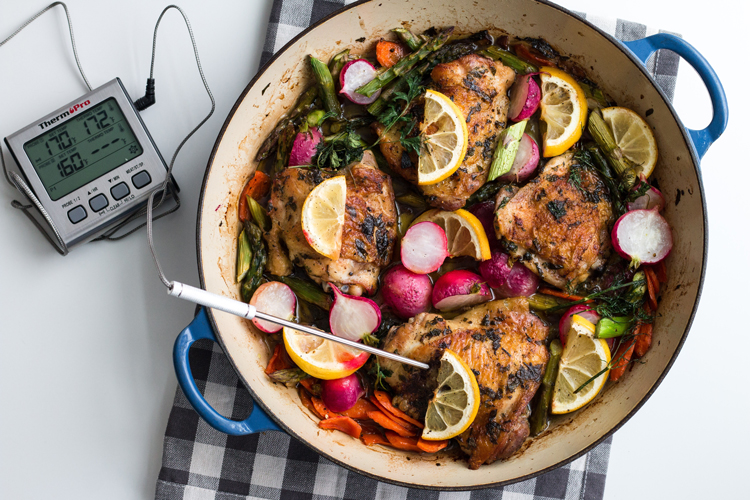


Share
Share this link via: